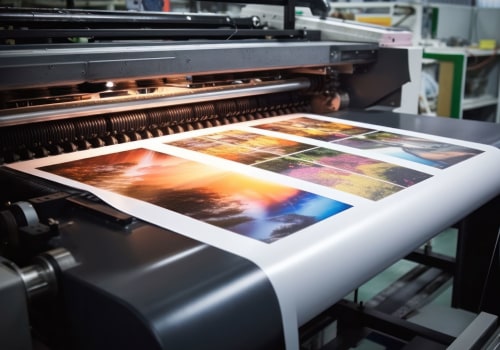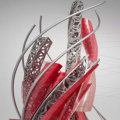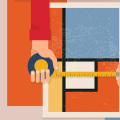When looking for a large format printer, it is important to understand the different types of materials used for printing. From canvas to vinyl, the different materials can create unique and beautiful prints that can be used for a variety of purposes. Understanding the different types of materials and their properties will help ensure that you get the best results from your large format printer. This article will explain the different types of materials used for printing and the advantages and disadvantages of each. Paper is one of the most common materials used in printing projects.
There are a variety of paper types available, such as coated, uncoated, gloss, matte, and more. Coated paper has a glossy finish that is ideal for projects that require sharp images and vibrant colors. Uncoated paper has a more natural look and feel that is great for projects with a lot of text. Gloss paper is ideal for projects that need to stand out, while matte paper gives a subtle look that is perfect for projects with detailed images. Cardstock is another popular material used for printing projects.
It is thicker than regular paper and is ideal for projects that require more durability. Cardstock comes in a variety of colors and finishes, including glossy, matte, and textured. It is also available in recycled options for those looking to reduce their environmental impact. Vinyl is another type of material used in printing projects. It is highly durable and waterproof, making it perfect for outdoor applications such as signs and banners.
Vinyl is available in a variety of colors and finishes and can be customized with your logo or text. Canvas is a popular choice for art prints and photo prints. It has a unique texture that adds an extra layer of depth to images and artwork. Canvas prints are also highly durable and can be hung on walls or framed for a finished look. Fabric is another type of material used in printing projects. It is lightweight and often used for banners, flags, tablecloths, and more.
Fabric prints are highly durable and can be machine washed for easy maintenance. These are just some of the different types of materials used in printing projects. Depending on your project needs, you may need to select a specific type of material to ensure the best quality results. When selecting a material, it’s important to consider factors such as cost, durability, and color options.
Questions to Ask Your Local Large Format Printer
When selecting a material for your printing project, it’s important to consider factors such as cost, durability, and color options. Here are some questions to ask your local large format printer when selecting a material:What type of paper do you use?What type of cardstock do you have available?
Do you offer vinyl printing?
What type of canvas do you use?
What type of fabric do you use?
How much does each type of material cost?
How durable is each type of material?
What color options do you have available?Printing projects require careful consideration when selecting the right material, and asking your local large format printer the right questions is essential.
Different types of materials, such as paper, cardstock, vinyl, canvas, and more are available to suit any project needs. Factors such as cost, durability, and color options need to be considered when selecting the right material. With the right knowledge and information, you can ensure your project is printed with the best quality results.











Leave Message